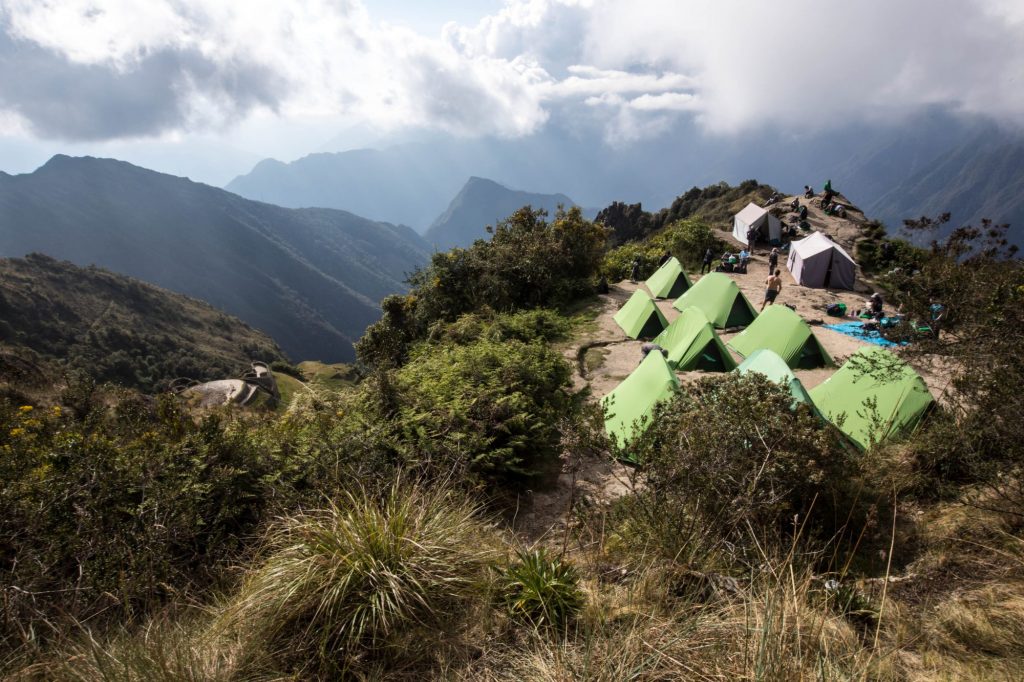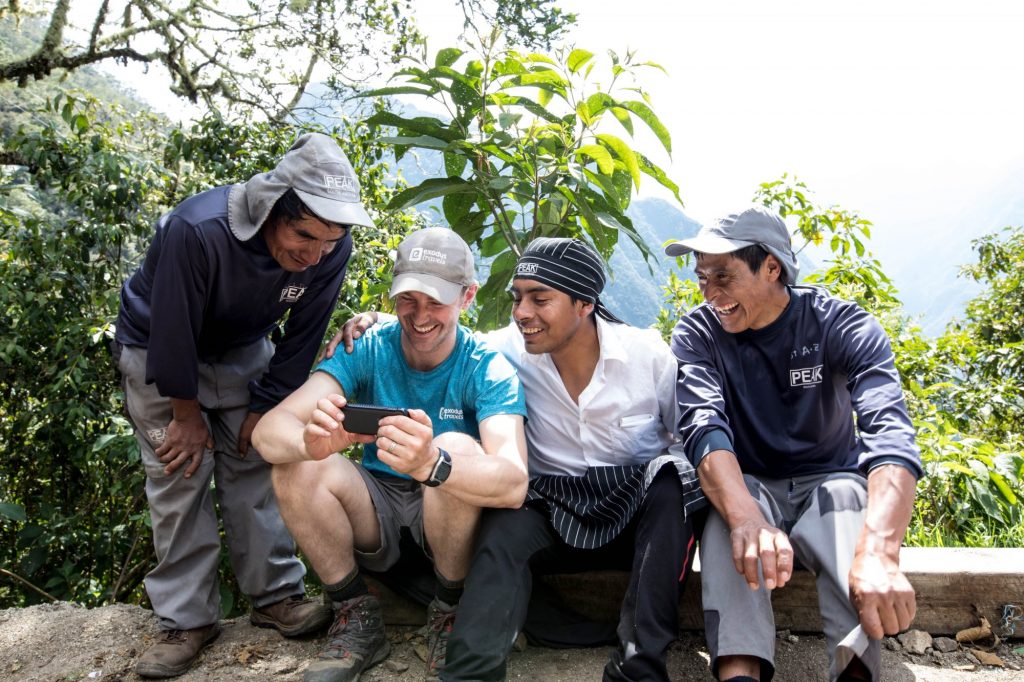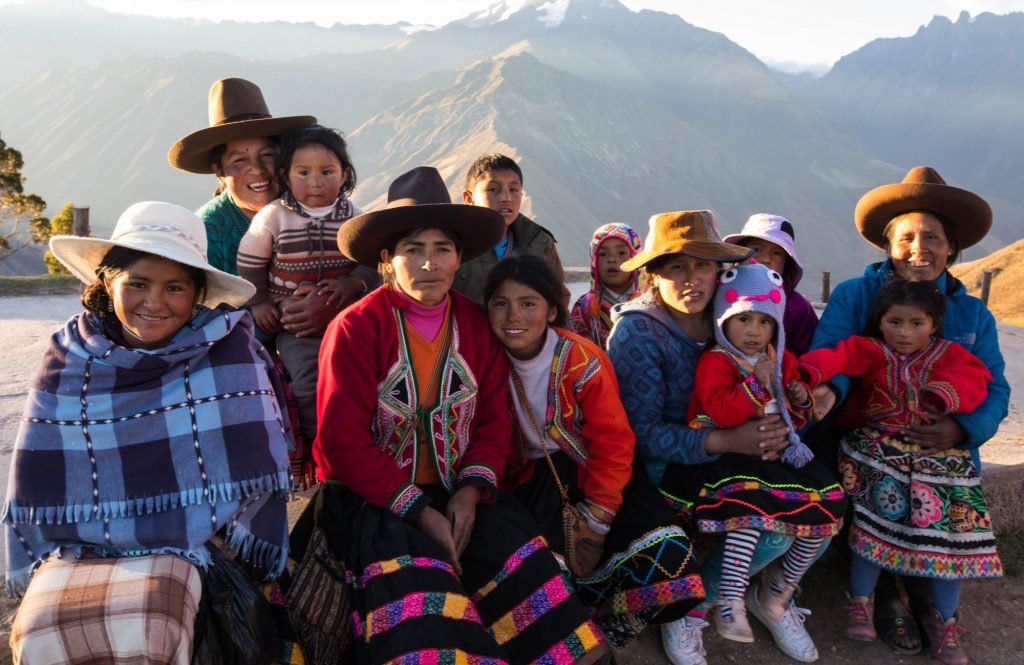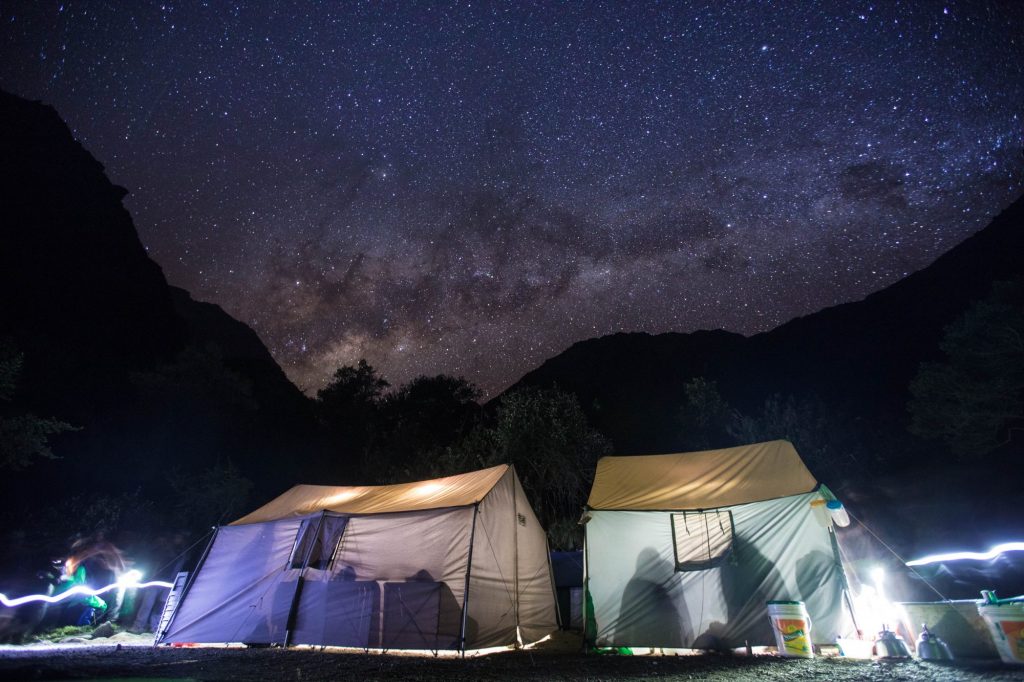Horse Riding & Hiking Tuscon
23.04.2024Summer in Tucson, Arizona, promises great hikes, horse rides and clear skies full of stars. Guest Ranches in and around...
The Inca Trail is by far the most famous trek in South America and is often rated by many to be in the top 5 treks in the world.
Over 26 miles (43km) the ascent combines beautiful mountain scenery, lush cloud-forest, subtropical jungle and a spectacular mix of Inca paving stones, ruins and tunnels. The final destination is the breath-taking ‘Lost City of the Incas’ Machu Picchu.

However, the ‘unsung’ heroes of this notorious trail are undoubtedly the Porters – the climb wouldn’t even be possible without their hard work.
The role of a porter is to assist and guide people completing the Inca Trail. This means carrying equipment, preparing meals and pitching tents for a group usually consisting of around fourteen people.

Last year Jarlath McHale completed the Inca trail as a visitor. He was so astounded by the incredible work the porters did and admired them so much, that with the help of Exodus Travels he travelled back to South America to complete the Inca trail again – but this time as a porter.
“What the porters do is just phenomenal, and I was absolutely blown away by it when I walked the Inca trail. So by doing this I just wanted to highlight it and show it to the world, what actually goes on behind the scenes to make these trips happen,” said Jared.
Access onto the Inca Trail, is limited to 500 permits a day (approximately 300 of which go to porters and guides) to conserve the incredible landscape of the lost city. Entrance to the infamous Machu Picchu site is also strictly ticketed to limit the number of visitors and preserve the grounds.

In a typical trek there will be 22 porters, this includes a head chef, a sous chef, a head guide and an assistant guide. The porters always have to be ahead of the pack to ensure everything runs smoothly.
Their typical day starts by waking up the trekkers with a cup of coca tea and a bowl of hot water – they set off before everyone else and set up the meal tent for lunch time, dismantle again and get ahead of them for the evening meal and camping. All of this whilst carrying up to 25kg of equipment and dealing with high altitude – this includes crossing the ‘Dead Woman’s Pass’ which has a maximum altitude of 4,215m (13,796 feet).
Jarlath added, “I was looking forward to meeting up with a few of the porters again; because they were really good fun last year and they kept us going. They always had a smile for you when you arrived on a lunch time or at your camp. I was looking forward to the banter between us, and the challenge of it all.”

Enjoyed this article? click here to get more from us
Summer in Tucson, Arizona, promises great hikes, horse rides and clear skies full of stars. Guest Ranches in and around...
The North Face have announced an Earth Week initiative to clean-up hiking routes in England and Walkes, this coming Saturday...
In Italy’s Alta Badia, when the inhabitants of this South Tyrolean valley talk about sustainability, they use terms such as...
Get ready for an unforgettable journey into the heart of the Swiss Alps as Verbier invites you to discover a...